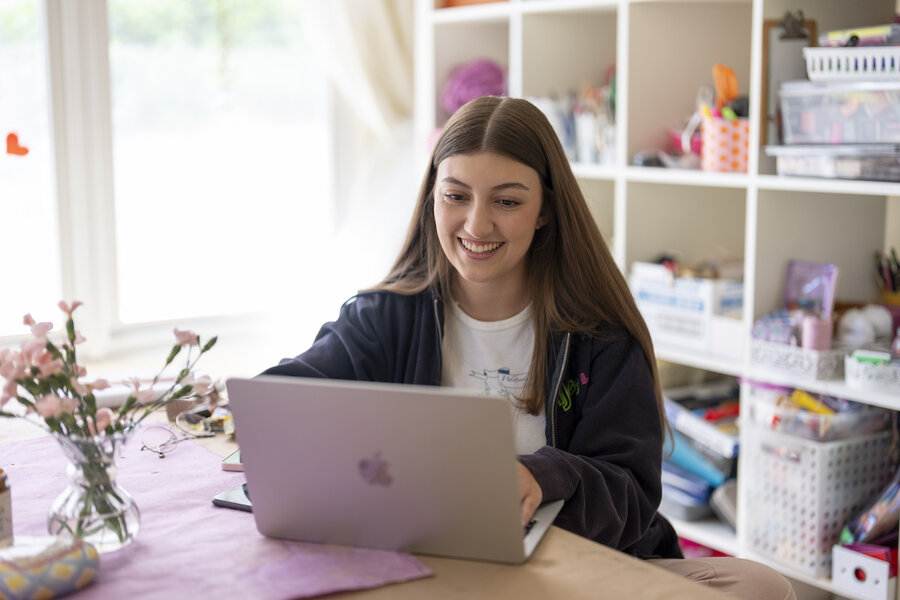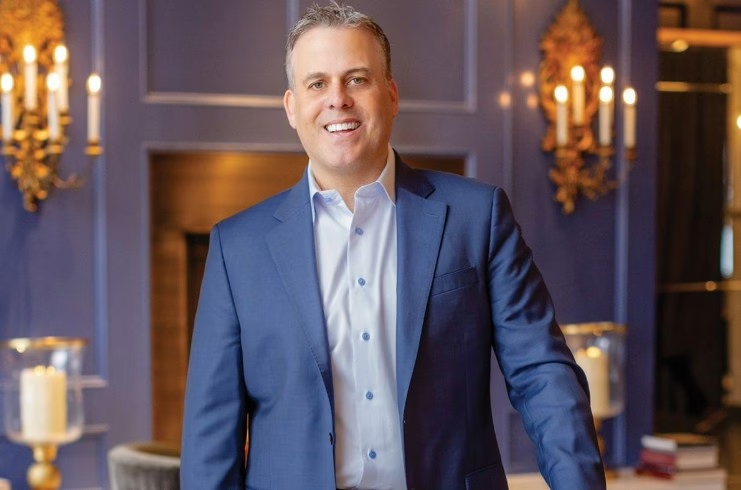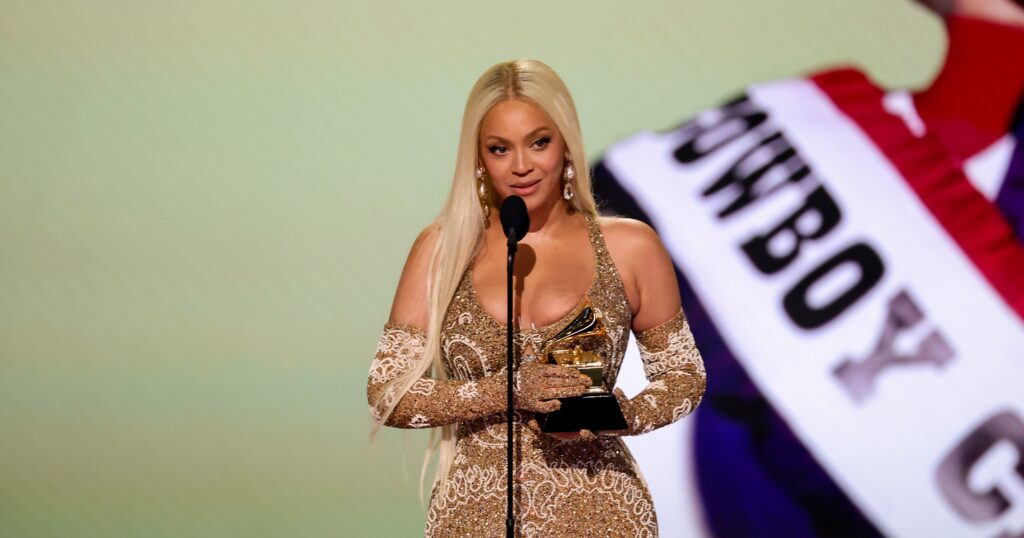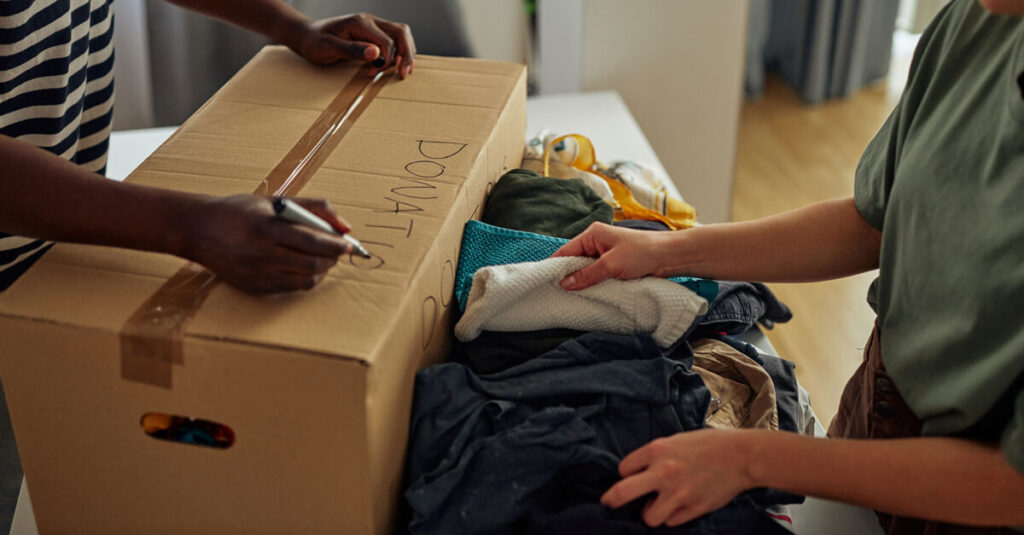The no-buy challenge is taking over the internet. Does it work?

Lifestyle
A 35-year-old Brooklyn resident gave up buying new clothes. A 22-year old in San Diego swore off retail therapy at Target. A 26-year old in England banned carbonated drinks from her shopping list.
These three women, who don’t know each other, all started the year resolving to spend money only on necessary purchases, or what is popularly known as engaging in a no-buy challenge. The self-imposed rules of the challenge are simple: participants pledge to stop buying non-essential items, be they unneeded shoes, additional beauty products, or other impulse buys for a set amount of time, usually 12 months.
Elysia Berman, a creative director who lives in Brooklyn, decided she needed to drastically change her spending habits after she accumulated a collection of vintage designer clothing and a five-figure credit card debt. Her no-buy pledge included no new clothes, getting makeup and hair products only after she finished the ones she had, and limiting social outings to low or no-expense activities.
For Ms. Berman, adopting a more frugal lifestyle is serving one purpose: paying down her credit card debt. “It wasn’t like I wanted to challenge myself. I’m really in a position where this is a necessary next step for me,” she said.
Both sticking to her pledge and making progress toward her financial goal have proven more difficult than Ms. Berman expected. Within two weeks of starting her challenge, she couldn’t resist buying a new beret. Next came a new pair of boots. Although the challenge has helped her reduce her spending, she isn’t accruing savings as much as living within her means.
“Having this lifestyle adjustment, I was anticipating that it would make a huge difference in my ability to pay down my debt,” Ms. Berman said.
While the trend has been growing for some time, the beginning of 2024 provided another opportunity for people to gain back agency over their finances following the “doom spending” of the COVID-19 pandemic, according to Courtney Alev, a consumer financial advocate for the personal finance company Credit Karma.
“It’s just people trying to reclaim what’s been a rampant cycle of overspending, to be able to get their financial situation back in order and be able to save money,” Ms. Alev said.
Not everyone electing to join the no-buy trend has debt. Amea Wadsworth, who moved back home to San Diego, California, after graduating college, wanted to use her first full-time job as a chance to save, both the environment and money for her future.
After returning to live with her mom, she began noticing how many things she had that took up space. Working for a sustainability app also has made her more aware of her personal contribution to the world’s mountains of waste.
“I’m tracking everything that I’m spending. I’m writing it all down,” said Ms. Wadsworth, who also writes down the times she wants to buy something but doesn’t. She reviews the entries at the end of the month to determine if her purchases were really a necessary purchase or a response to a quick craving.
Some no-spend participants give themselves some latitude. Ms. Wadsworth said she is not buying any physical items but does allow herself to occasionally eat out with friends and the cost of visiting her long-distance boyfriend.
Sabrina Pare, of Detroit, Michigan, approached cutting back on purchases from an environmental perspective. A sustainable living aficionado with a large social media following, Ms. Pare decided to participate in the no-buy year as a way to limit her contribution to the world’s waste.
She began by decluttering her closet and then looked for environmentally friendly ways to build a minimalist wardrobe, like hosting a clothing swap and avoiding fashion trends. At every step, Ms. Pare brings her followers along by filming short videos and sharing tips.
“If you’re buying less, it’s better for the planet. Overconsumption, it’s such an issue in our society,” she said.
But just as social media can be used for accountability and support when participating in the no-buy year challenge, it’s also one of the reasons many overspend. Ms. Berman, for example, stopped following a lot of fashion influencers to reduce the urge to buy things.
Learning to avoid impulsive shopping takes rethinking your habits and becoming aware of your triggers, said Carrie Rattle, CEO of Behavioral Cents, a financial coaching company.
“[The challenge] does help you try to push back against that need for dopamine. Every time we shop, any of us shop, we get that little dopamine hit,” Ms. Rattle said.
While the challenge is meant to last for one year, people trying it say they are learning new techniques to help them avoid overspending in the future.
Ms. Pare unsubscribed from newsletters that tempted her to buy clothes and skincare products. Ms. Berman dyed her hair back to its natural brown since salon appointments to keep the color bright blonde were costly.
“My consumer habits have changed so much through this,” Ms. Berman said. “Just because you see all the waste and you’re like, ‘Why is this necessary? Why buy a million little things when you can just buy one big thing, and it’s even better if it’s refillable.’”
After she makes a significant dent in the credit card debt, Ms. Berman hopes to start saving and investing. Ms. Wadsworth plans to focus on spending her money on experiences with her loved ones rather than material things. Ms. Pare hopes to pay off her student loans.
Ms. Wadsworth advises anyone who hears of the no-buy challenge and can’t imagine doing one to give it a try, even if it’s just for a month.
“They say that it sounds so hard and yeah, it sounded hard to me, too. But if it sounds so terrifying to you, it probably means that you need it,” she said.
This story was reported by The Associated Press.
Discover more from Tamfis Nigeria Lmited
Subscribe to get the latest posts sent to your email.



 Hot Deals
Hot Deals Shopfinish
Shopfinish Shop
Shop Appliances
Appliances Babies & Kids
Babies & Kids Best Selling
Best Selling Books
Books Consumer Electronics
Consumer Electronics Furniture
Furniture Home & Kitchen
Home & Kitchen Jewelry
Jewelry Luxury & Beauty
Luxury & Beauty Shoes
Shoes Training & Certifications
Training & Certifications Wears & Clothings
Wears & Clothings
















